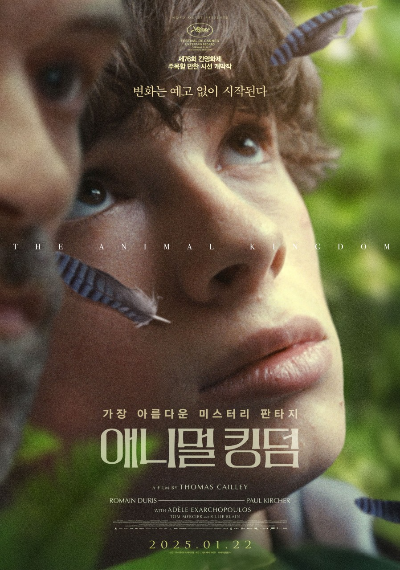
Introduction
The 2025 release of The Animal Kingdom has captivated audiences worldwide with its immersive storytelling and breathtaking visuals. But beyond its cinematic allure, the role of sound design in this film is paramount to its success. Sound shapes the audience's emotional journey, heightens the tension and adds depth to the film’s fantastical elements. In this article, we’ll explore The Animal Kingdom from the perspective of a sound designer, focusing on how its auditory elements contribute to its box office triumph.
1. Crafting an Immersive Atmosphere with Diegetic and Non-Diegetic Sounds
One of the most notable aspects of The Animal Kingdom is its meticulous attention to soundscapes. The film’s setting a richly imagined world teeming with unique wildlife—comes alive through expertly designed diegetic sounds. From the distant rustle of leaves to the distinctive calls of fictional creatures, the sound design transports the audience into this otherworldly environment. Non-diegetic sounds, such as the subtle use of ambient tones, further immerse the audience. These elements create a seamless blend of realism and fantasy, enhancing the film's emotional resonance. For example, the score's integration with environmental sound effects intensifies moments of wonder and suspense. This level of auditory detail ensures that the audience remains fully engaged, making it a crucial factor in the film's widespread appeal.
2. Dynamic Use of Sound for Emotional Storytelling
Sound is a powerful tool for evoking emotion, and The Animal Kingdom excels in this regard. The film's narrative features deeply personal moments of character development, and the sound design amplifies these scenes. For instance, subtle shifts in music keys or the soft hum of a character’s surroundings reflect their inner turmoil or joy. Additionally, the strategic use of silence heightens emotional impact. In pivotal scenes, the absence of sound creates a sense of vulnerability or tension, drawing viewers closer to the characters' experiences. This thoughtful use of sound design ensures that the audience connects with the story on a deeper emotional level, driving repeat viewership and positive word-of-mouth promotion.
3. High-Impact Action Scenes with Layered Sound Design
The action sequences in The Animal Kingdom are another standout feature, showcasing a masterclass in layered sound design. Each scene features a mix of real and fabricated sounds, ensuring that the fantastical elements feel grounded and believable. For example, the roars of mythical beasts are crafted by blending animal recordings with mechanical sounds, creating unique and memorable auditory experiences.
The spatial audio techniques used during battle scenes further elevate the viewing experience. Surround sound systems make it feel as though the audience is in the midst of the action, with sounds traveling from one side of the theater to the other. This heightened sensory experience not only makes the action more engaging but also adds to the film’s rewatchability, a key factor in its commercial success.
Conclusion
The success of The Animal Kingdom (2025) is a testament to the power of sound design in modern filmmaking. From immersive soundscapes to emotionally resonant auditory cues and thrilling action sequences, every element of the film’s sound design contributes to its ability to captivate audiences. By prioritizing the auditory experience, the filmmakers have created a rich, multi-sensory journey that keeps viewers coming back for more. As box office numbers continue to climb, The Animal Kingdom stands as a shining example of how sound can elevate a film from great to unforgettable.